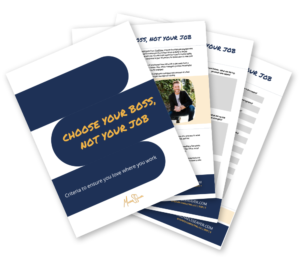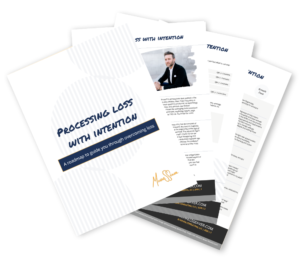A recent global study by Accenture suggests that while many people are unhappy in their current jobs, the majority plan to stay in their current roles. More than half (57% of women and 59% of men) indicated they were unhappy, yet 69% indicated they were not planning to leave. Why? They cited flexible work arrangements (64%) as their primary reason for staying put. I’m guessing that consistent income was a close second.
From the perspective of the Human Resources manager, this is a difficult position to be in. According to Gallup, lack of engagement and lost productivity costs the U.S. in excess of $350 billion annually. Conversely, turnover is grossly under calculated as most organizations simply assign a flat number, not a position-specific number. The Society for Human Resource Management uses an equation that estimates that the cost to replace a departed employee is in excess of 150% of the individual’s salary. Talk about being stuck between a rock and a hard place.
So, organizations offer fringe benefits, like flexible work arrangements, to entice employees to stay longer because they know the cost of turnover is so high. From my perspective, a flexible work arrangement does not drive productivity. Engagement comes from the ability to have autonomy, to work on projects with purpose, and the ability to master a chosen line of work. Corporations struggle to foster engagement because decisions come from the top down, projects are given to (not selected by) employees, and people are asked to carry extreme workloads…not allowing for mastery of any line of work.
As an unhappy employee, here are three things you can do to engage in more meaningful and productive work:
1. Begin With the End in Mind – Before you do something just to do something, truly determine what you like to do and how it can help your organization. If you can help your company make money, save money, or mitigate risk, it’ll be more likely to allow you to explore your idea or project. Engagement will be driven by your ability to have autonomy in the project, so make sure you clearly state in the project charter how you would like to manage it. Also, ensure that the project has purpose for your professional development and finds ways to impact the triple bottom line. Implementing a new system or process that saves money is great, but changing the way fellow employees do their work is even better.
2. Get Smart People Involved – Surround yourself and build a project team that is full of diversity, not only age, gender, or ethnicity, but also people with a variety of skills. Your goal is to create a team with a variety of perspectives that can make the outcome the best possible. Through the process, you are meeting new people, sharing ideas, buying into the vision, and committing yourself to the organization on a deeper level. Engagement at work can be derived from the feeling you feel about connection to your colleagues. By forming new relationships, you are learning something new everyday and engaging in a community filled with purpose.
3. Know Your Role in Success – You can help to drive your own engagement by actively seeking mentorships or by conducting informational interviews. By connecting with various leaders in your organization, you will begin to trust the trustworthy ones and learn more about how your piece of the pie impacts success. By seeking these connections, you are building trust in their mind and will have more opportunity to provide feedback about pending decisions. As they feel more comfortable with you, you may even be able to share in the decision making process, connecting you with an inner desire to master your work and have purpose.
Disengaged employees simply allow the status quo to continue. Engaged employees help to foster innovation and develop a comfort with being a change maker. Human Resources professionals struggle with methods to engage employees because their hands may be tied. Instead of waiting for your organization to come to you with a plan, be a leader. Present a plan that will make you happier in your work, but also help to positively impact the triple bottom line.






Connect with me